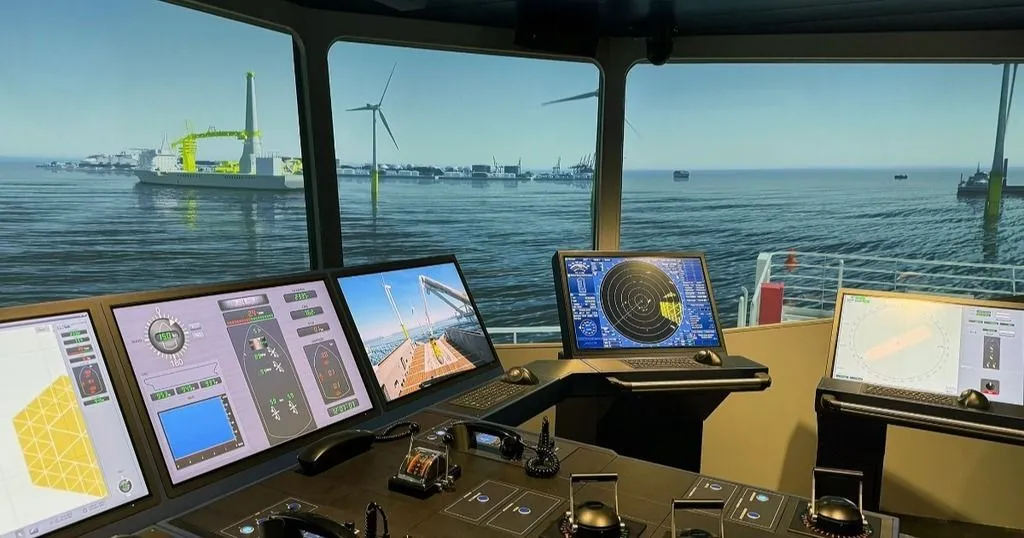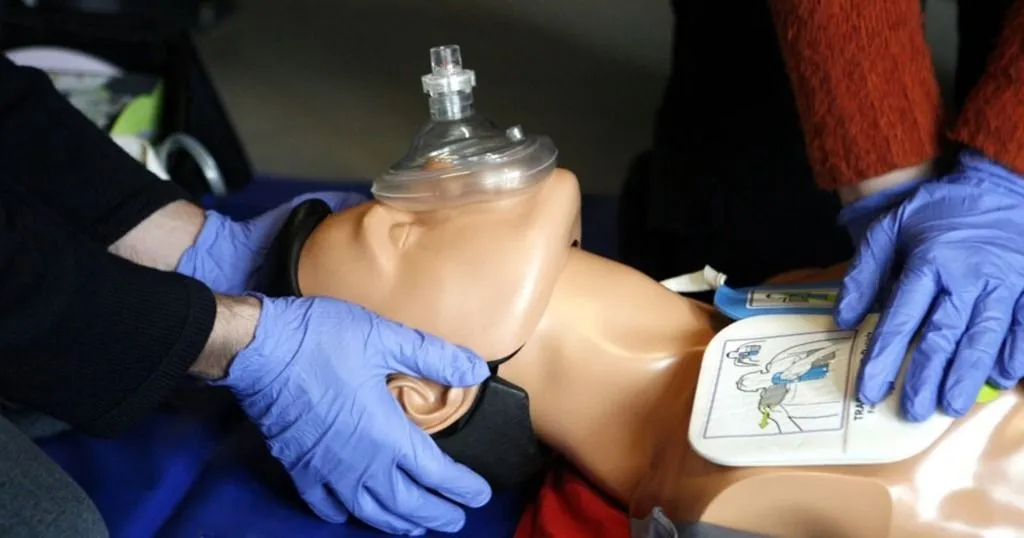Blog posts tagged with simulation

14 Jun
human behavior research
Human Factors
Human Factors and Ergonomics research in the spotlight
We want to set the spotlight on new developments and publications in Human Factors and Ergonomics research. From maritime simulation centers to the use of video observations in human factors research.

12 Sep
human behavior research
Education
Why use video feedback in education?
By using video and audio recordings in education, students and educators can receive and benefit from direct feedback. The more personal and detailed feedback is, the easier it is for students to relate to.

13 Dec
human behavior research
Healthcare
Simulation-based training – it’s just like the real thing!
By conducting training sessions, students in a simulation lab develop and maintain knowledge, skills, and competencies such as interviewing skills, working with certain equipment, and teamwork procedures.

11 Jan
human behavior research
Healthcare
Evaluating the effectiveness of simulation in healthcare
Teamwork is important in many occupations but it is crucial when working under pressure. Most of us can only imagine how stressful it could be when working as a fire fighter or operating room nurse.

18 Jun
human behavior research
Healthcare
The role of explicit bias in working with depressed cardiac patients
Using simulated medical encounters, Dr. Crapanzano and her team measured the influence of bias in the medical students' diagnosis and treatment plans for a patient presenting as mildly depressed.

20 Apr
human behavior research
Healthcare
Does the sex of a simulated patient affect CPR?
When faced with either a male or female patient simulator, both men and women rescuers appeared reluctant to remove a female patient simulator’s clothing.